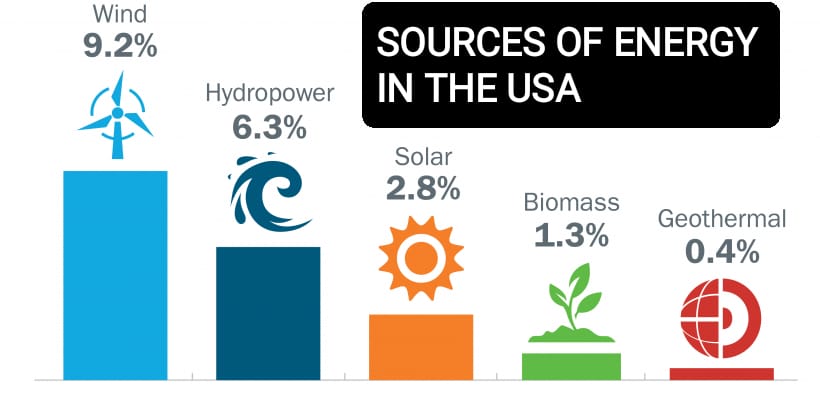Everything you need to now about carbon credits
Introduction to Carbon Credits
Welcome to the world of carbon credits, where environmental responsibility meets innovative solutions. As our planet faces the challenges of climate change, individuals and businesses are seeking ways to offset their carbon footprint. One powerful tool in this quest is the concept of carbon credits.
What Are Carbon Credits?
Carbon credits are a form of currency that represents the right to emit a certain amount of carbon dioxide or other greenhouse gases. These credits are issued to individuals or organizations that take measurable steps to reduce their carbon footprint.
The Carbon Credit System
Now that we have a basic understanding of what carbon credits are, let’s delve into how the system works.
How Does the System Function?
The carbon credit system operates on the principle of incentivizing carbon reduction. Entities that successfully decrease their emissions below a certain benchmark are awarded carbon credits. These credits can then be traded or sold to other organizations that exceed their emission limits.
Now that we know the basics, let’s explore why carbon credits matter in the grand scheme of environmental conservation.
The Importance of Carbon Credits
Addressing Climate Change
Carbon credits play a crucial role in mitigating climate change by encouraging the reduction of greenhouse gas emissions. By creating a market for these credits, a financial incentive is established for businesses to adopt eco-friendly practices and invest in sustainable technologies.
Promoting Sustainable Practices
The system encourages the development and adoption of sustainable practices across various industries. From renewable energy projects to reforestation efforts, carbon credits drive positive change and contribute to the global transition to a low-carbon economy.
Let’s see how individuals and businesses can actively participate in the carbon credit market.
How to Get Involved
For Individuals
Individuals can participate in the carbon credit market by supporting eco-friendly initiatives, such as renewable energy projects, afforestation programs, or community-based emission reduction projects. Many organizations offer individuals the opportunity to purchase carbon credits to offset personal carbon footprints.
For Businesses
Businesses can actively engage in the carbon credit market by implementing sustainable practices within their operations. This could involve energy-efficient measures, waste reduction strategies, or investing in renewable energy sources. By doing so, businesses not only contribute to a greener planet but also enhance their corporate social responsibility.
As we explore ways to get involved, it’s essential to understand the benefits of engaging with carbon credits.
Benefits of Carbon Credits
Environmental Impact
The primary benefit of carbon credits is their positive impact on the environment. By encouraging emissions reductions, carbon credits directly contribute to the fight against climate change, preserving biodiversity, and protecting ecosystems.
Economic Incentives
For businesses, the economic incentives of engaging in the carbon credit market are substantial. Reduced energy costs, enhanced corporate reputation, and access to new markets are just a few of the economic benefits that come with adopting sustainable practices.
Now, let’s address some common misconceptions about carbon credits and clarify their role in the larger environmental picture.
Section 6: Debunking Common Misconceptions
Carbon Offsetting vs. Emission Reduction
One common misconception is that purchasing carbon credits is a carte blanche to continue emitting greenhouse gases. In reality, the ideal approach involves a combination of emission reduction efforts and offsetting through credits.
Effectiveness of Carbon Credits
Some critics argue that carbon credits provide a false sense of security and don’t address the root causes of climate change. However, when implemented correctly, carbon credits are a valuable tool in the larger strategy of transitioning to a sustainable and low-carbon future.
In Conclusion,
In conclusion, carbon credits represent a tangible and effective way for individuals and businesses to actively contribute to a sustainable future. By understanding the basics of the carbon credit system, recognizing their importance, and exploring ways to get involved, we can collectively work towards a greener and healthier planet.
So, whether you’re an individual looking to offset your carbon footprint or a business aiming to enhance your environmental responsibility, consider the power of carbon credits in making a positive impact. Let’s join hands in the journey towards a sustainable and eco-friendly tomorrow.


